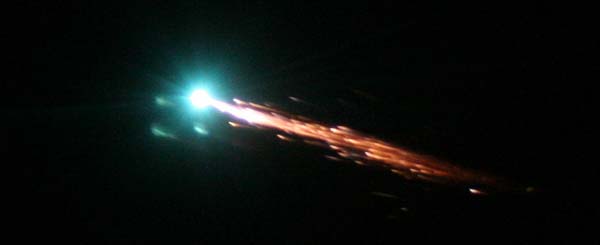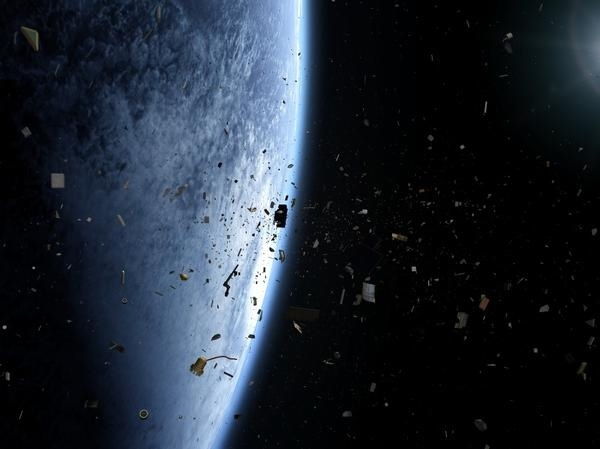
How Much Junk Is in Space?

Space, a seemingly vast frontier, is actually pretty crowded with junk, and it's getting worse.
There are about 500,000 known pieces of space junk down to items about 0.5 inches (1.27 centimeters) wide in orbit. Of those, about 21,000 objects are larger than 4 inches (10.1 cm) in diameter, and are being tracked by the Department of Defense's U.S. Space Surveillance Network. These are items like spent rocket stages and broken satellites such as Galaxy 15.
Space junk even tiny pieces of it is dangerous because objects orbiting around Earth travel at speeds of about 17,500 mph (28,200 kph). At those velocities, any collision between two objects would cause serious damage.
However, this one new addition to the problem doesn't significantly increase the amount of space debris or the risk of a crash, said Nicholas Johnson, Chief Scientist for Orbital Debris at NASA's Johnson Space Center in Houston.

A major collision occurred last year, when the dead Russian Cosmos 2251 spacecraft accidentally slammed into the Iridium communications satellite over Siberia at an altitude of 490 miles (790 km). The collision broke up both craft into many tiny pieces.
Another major event occurred in 2007 when China intentionally destroyed a weather satellite about 528 miles (850 kilometers) above Earth, creating a massive cloud of flotsam in orbit.
"Those two events combined have increased the number of objects in low-Earth orbit that we track by over 60 percent," Johnson told Live Science. "And that's compared to everything which had accumulated over the past 50 years. These were dramatic, unprecedented increases."
Sign up for the Live Science daily newsletter now
Get the world’s most fascinating discoveries delivered straight to your inbox.
Today, the highest concentrations of debris in space are at the respective altitudes of these two collisions, Johnson said. Such crashes, and their ensuing additions to the swarm of junk in space, will only become more common as space gets even more crowded.
Original article on Live Science.










